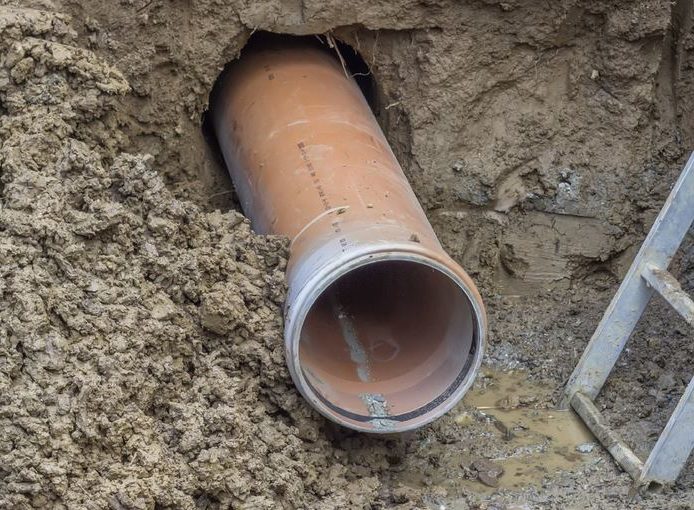 If your morning commute has ever been delayed by roadwork to dig up the tarmac and plant new pipes or repair old ones, you’ve probably thought of those underground conduits as a nuisance more than anything else. But those pipelines, which are otherwise unseen and unnoticed, are essential for transporting liquids across town and across country. Here’s what you might find if you could look below the road.
If your morning commute has ever been delayed by roadwork to dig up the tarmac and plant new pipes or repair old ones, you’ve probably thought of those underground conduits as a nuisance more than anything else. But those pipelines, which are otherwise unseen and unnoticed, are essential for transporting liquids across town and across country. Here’s what you might find if you could look below the road.
Carrier Pipes
The pipe that actually carries the liquid or gas from one place to another is called, appropriately enough, a carrier pipe. Some carrier pipes may be made of steel or iron, others of a strong plastic, and still others of fiberglass. Depending on what’s flowing through them, they may have a protective coating. For maximum protection, they may be enclosed in casing pipes that protect them from their contents leaking out into the surrounding ground or water from the surrounding ground leaking into them.
Casing Pipes
Casing pipes may also be known as containment pipes or protective pipes, since they contain and protect carrier pipes. Additional protective factors may include end seals to keep dirt and debris out of the casing pipes and to maintain pressure; spacers to maintain proper alignment; double walls; and alarm systems to provide notification of leaks.
Contents
Most of the pipes in residential areas are bringing things like fresh water and natural gas into homes and removing waste water and sewage from them. Other pipelines carry oil and other liquids long distances, from the source to places of use. When all goes well, they do their jobs and you never need to think about them. But a leak can cause flooding and contamination at worse and that inconvenient road-digging-up at the least.
One day, technology may find better ways for transporting liquid and gas to communities that need them. For the present, advances in protective materials and surroundings for pipes are the best remedy for potential problems.
